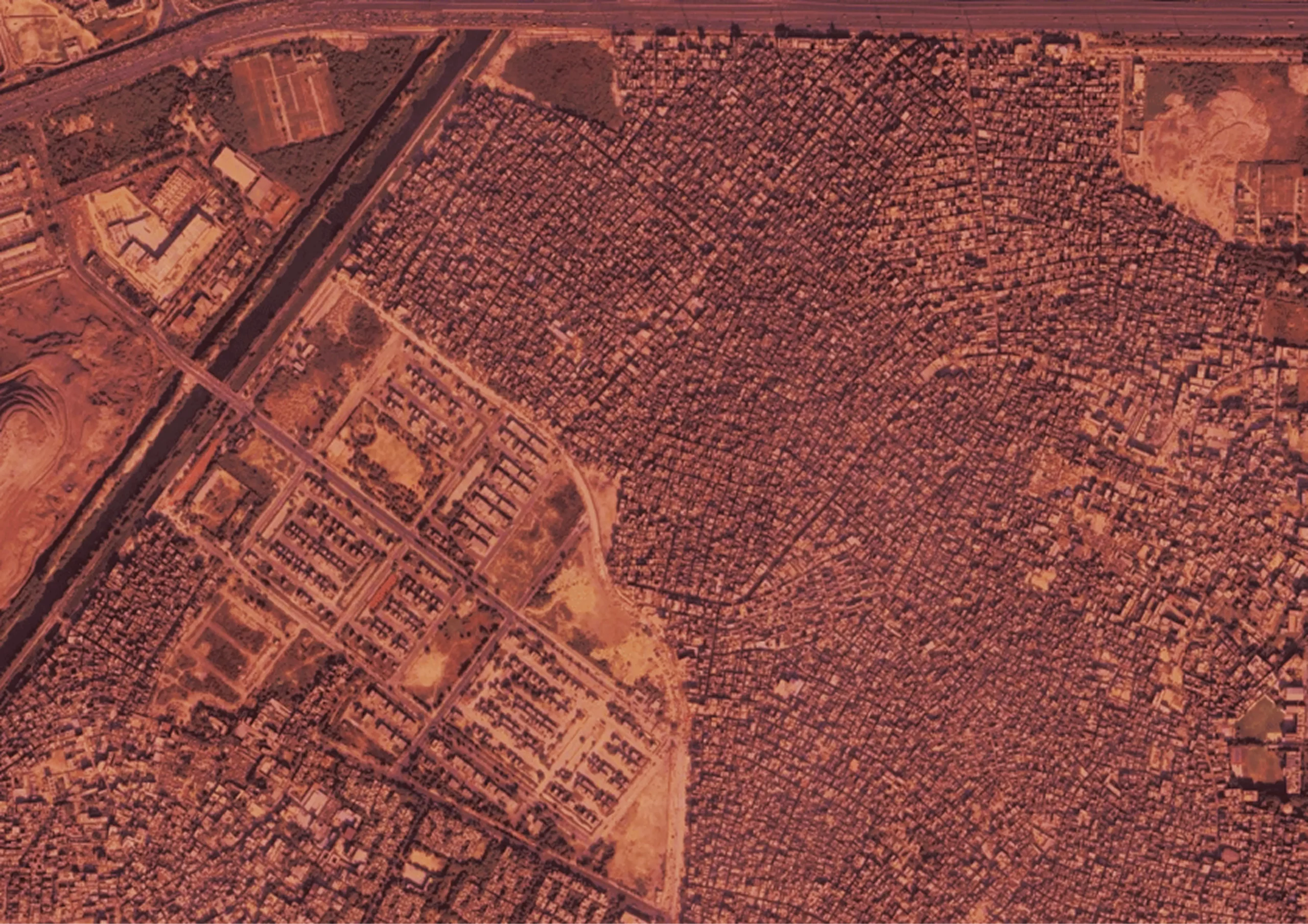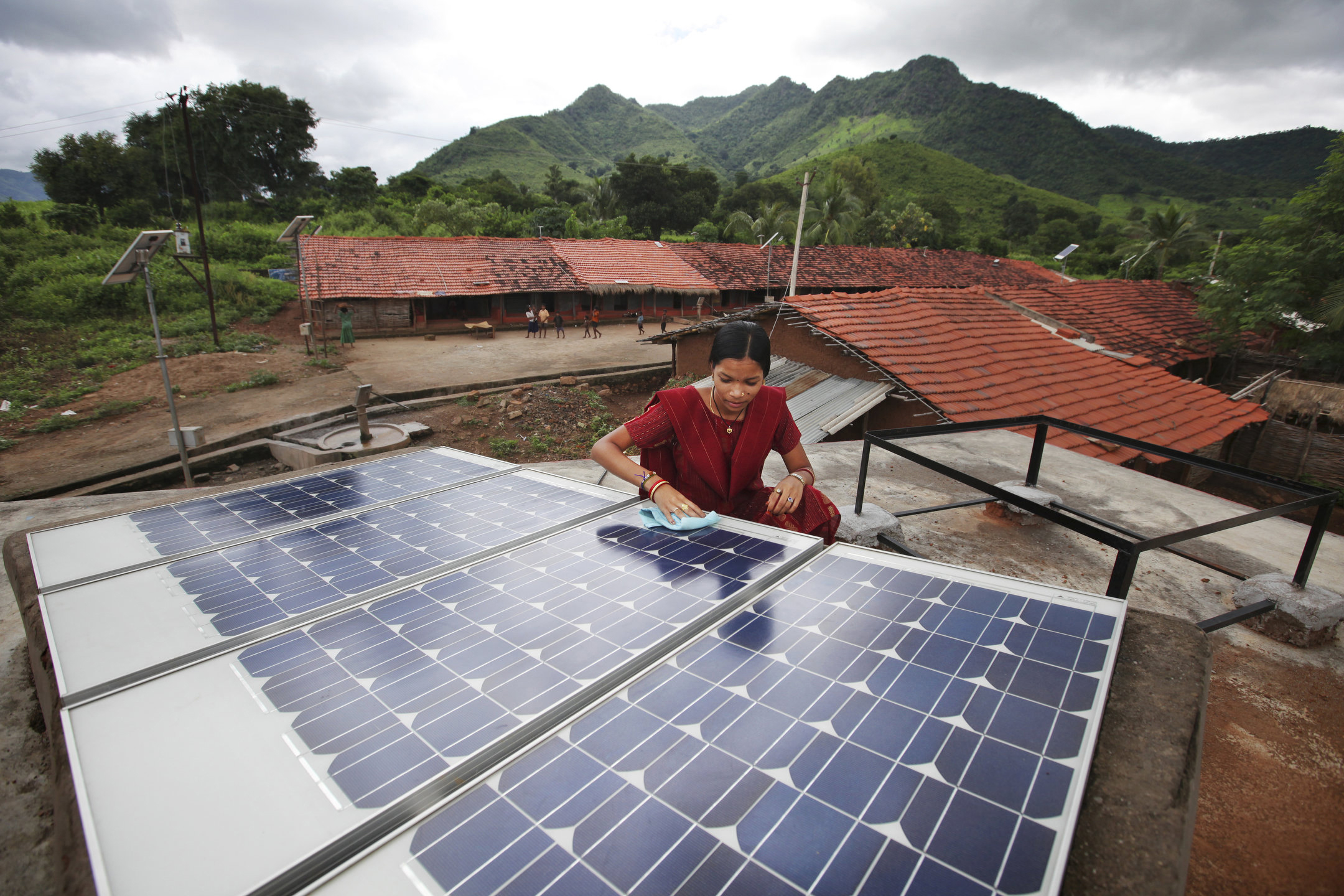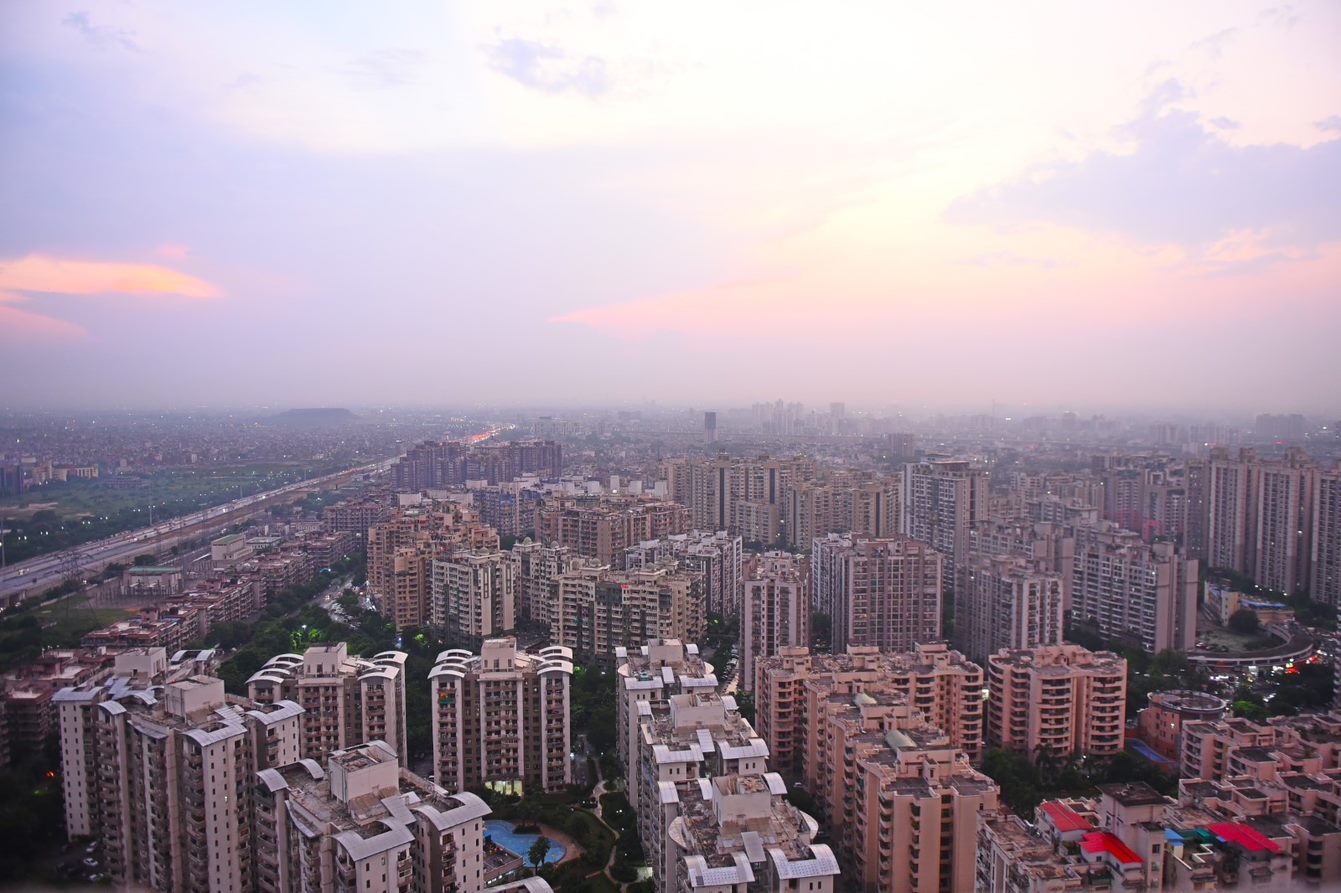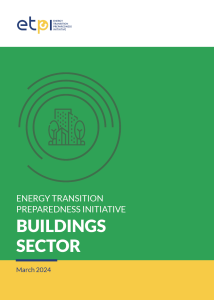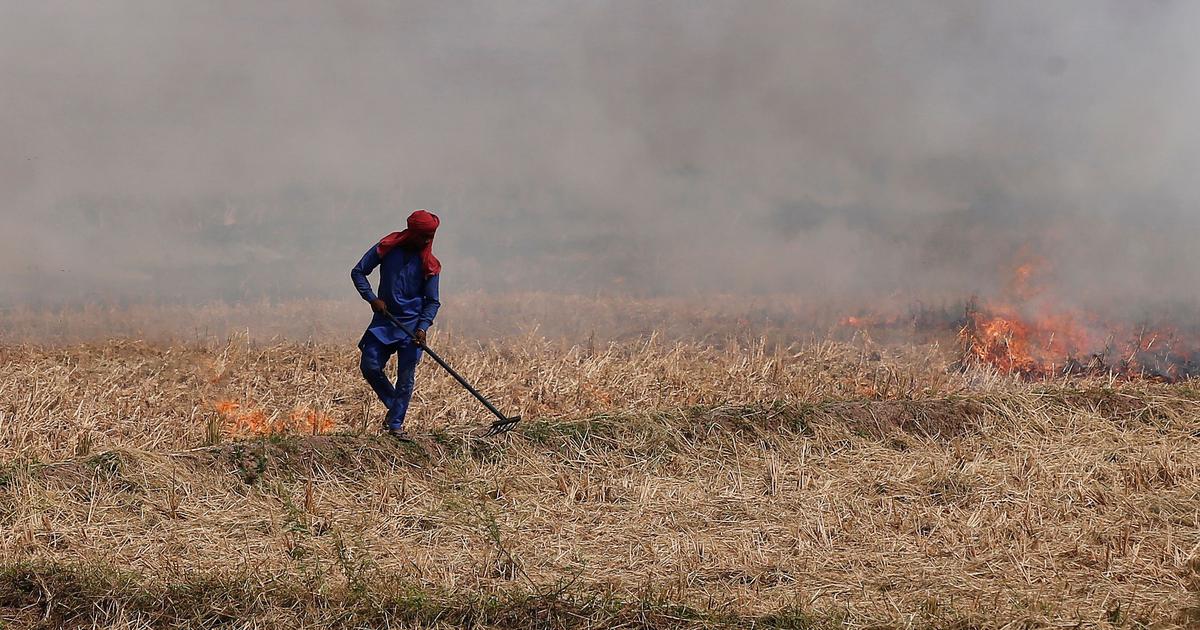Executive Summary
In this report, we study the implementation of policies and actions aimed at reducing extreme heat risks in nine Indian cities in nine states, covering a little over 11 percent of India’s urban population. We picked these cities based on how vulnerable they were to increases in extreme heat events as the planet warms. Using CMIP6 climate model output, we established which Indian cities with a population over 1 million (according to Census 2011) would experience some of the greatest increases in days with dangerous heat index values (a measure of the combined effect of temperature and humidity) compared to the historical average. Rapid shifts in the extreme heat index distribution induced by climate change may overwhelm communities’ adaptive capacity and lead to substantial increases in heat-attributable mortality and morbidity. This study is particularly urgent given recent indications that the climate may be warming faster than previously anticipated.
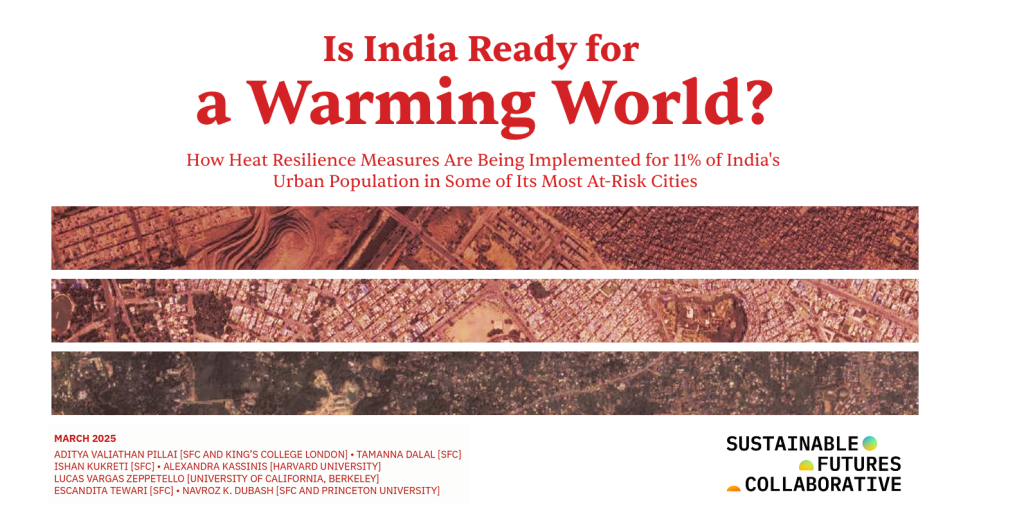
We conducted 88 interviews with city, district, and state government officials charged with implementing heat actions in these nine cities. Because heat adaptation requires a coordinated, cross-sectoral response, we conducted interviews with representatives of disaster management, health, city planning, and labour departments, as well as city and district administrators.
To assess how prepared these cities are for extreme heat in the coming decades, we catalogued short-term measures meant to save lives while paying special attention to heat solutions that are thought to bring long-term benefits. The latter include changes to urban form and the built environment – expanding urban tree cover, reducing density by increasing open space with building setbacks and parks, and changing design norms for heat-trapping buildings – and improvements in institutions that manage heat risk, from capacity-building efforts for government officials to the mandatory reporting of heat deaths to higher levels of government. Many of these actions take years to mature through refinement before they improve lives on the ground.
This is the first study to assess the implementation of extreme heat policies and actions across multiple cities in India.
This study is novel in its focus on long-term policies and their implementation challenges. We believe the issues and patterns highlighted in this report will be useful to cities, in India and elsewhere, that are attempting to complement their short-term responses with long-term heat risk mitigation through structural and institutional responses.
Key Findings
1. All cities report short-term emergency measures: These include actions like access to drinking water, changing work schedules, and boosting hospital capacity before or during a heat wave. If these measures are being implemented correctly, verification of which is beyond the scope of this study, this could be read as a positive story in achieving a minimum baseline of life-saving actions across cities in just over a decade since India’s first heat action plan (HAP) was published in 2013.
2. Guidelines and directives from higher levels of government drive short-term response measures, heat action plans (HAPs) seem to have a weaker effect on policy: Many of the life saving short-term actions reported across cities are a product of emergency directives from higher levels of government, including national and state disaster-management and health authorities, issued before or during a heat wave. HAPs, which often house long-term measures, seem to have a weaker effect on shaping heat actions because they are weakly institutionalised.
3. Many important long-term actions are entirely absent or poorly targeted: Actions like making household or occupational cooling available to the most heat-exposed, developing insurance cover for lost work, expanding fire management services for heat waves, and electricity grid retrofits to improve transmission reliability and distribution safety are missing from all cities. Expansion of local weather stations for more granular data on heat variation within a city, mapping urban heat islands, and training heat plan implementers were only seen in some cities. Other actions like expansion of urban shade and green cover, the creation of open spaces that dissipate heat, and the deployment of rooftop solar that could help with active cooling, among others, were implemented without adequate attention to populations and areas that experience the greatest heat risk.
4. Long-term actions are focused mostly on the health system: Long-term solutions were most commonly reported for the health system. These included actions like heat-specific training for health workers and creation of systems to monitor heat deaths. As a result, what emerges is a picture of very weak mainstreaming of long-term heat concerns in other crucially important sectors such as urban-planning departments. Health-system preparedness, while foundationally important to heat resilience, is meant to deal with the consequences of heat overwhelming the adaptive capacity of societies rather than prevent such situations from occurring.
5. Short-term actions are inexpensive, the shift towards long-term climate adaptation will require more finance: Over two-thirds of respondents reported adequate funding for heat actions and that they were drawing from a diverse range of existing sources spanning local, state and national funds. This is a consequence of a focus on short-term actions that are relatively inexpensive and temporary. Long-term structural changes, such as those mentioned above, will require dedicated resources.
6. Institutional constraints limit the possibilities for long-term action: The top problem identified by respondents was local coordination between government departments, both within and between municipal, district, and state government departments. More than half of all responses identified an inter-linked mix of personnel shortages, competing priorities, weak technical capacity, and insufficient acknowledgement of the heat problem as constraints.
Recommendations
1. Institutional Changes
(a) Strengthen HAPs in local governments: HAPs could help institutionalise long-term actions and monitor their effectiveness. They could also make crucial targeting mechanisms such as vulnerability assessments and the identification of urban heat islands mandatory.
(b) Draw on disaster mitigation funds that provide for heat wave preparation: As of late 2024, sub-national governments were allowed to draw on National and State Disaster Mitigation Funds to execute projects that mitigate heat wave risks. States should harness this line of finance to set up a pipeline of long-term risk reduction projects.
(c) Heat officers need appropriate institutional backing: Nascent conversations about creating Chief Heat Officer-type (CHO) positions should also consider how to equip them with adequate authority to solve the underlying institutional problems we have identified. In their absence, CHOs will probably face the same hurdles ‘nodal’ heat officers face today.
2. Capacity Building
(a) Create a targeted capacity-building programme for HAP implementation across India’s most heat-vulnerable cities: A sustained, multi-year capacity-building effort aimed at those in charge of executing departmental actions at the city/district level, in India’s ten most heat-vulnerable cities could rapidly improve India’s heat resilience prospects. We recommend starting with a small group with high potential impact and expanding over time to other cities.
(b) Establish trained disaster management support staff capacity at the district level: We recommend creating permanent and funded specialist positions in the most climate-vulnerable districts, with training for long-term risk mitigation.
3. Technology
(a) Create a highly-targeted active cooling programme: The rapid increase in temperatures and gap in long-term heat resilience strongly suggest that at-risk urban populations will turn to air conditioning to protect their lives and incomes. State and national governments should deploy a subsidy or large-scale purchase programme that allows these families to buy energy-efficient ACs. They must be targeted at portions of Indian cities with the highest heat risk, determined by the vulnerability assessment of its HAP.
(b) Use climate projections to expand the range of heat actions on the table: Only two out of 42 respondents asked had access to climate projections. Most implementers therefore did not know what the most dangerous days in a 1.5 degree world would look like in their cities. We recommend a national programme, anchored by national technical institutes, to make this information available to key state and city officials in the cities most vulnerable to rapid warming.

